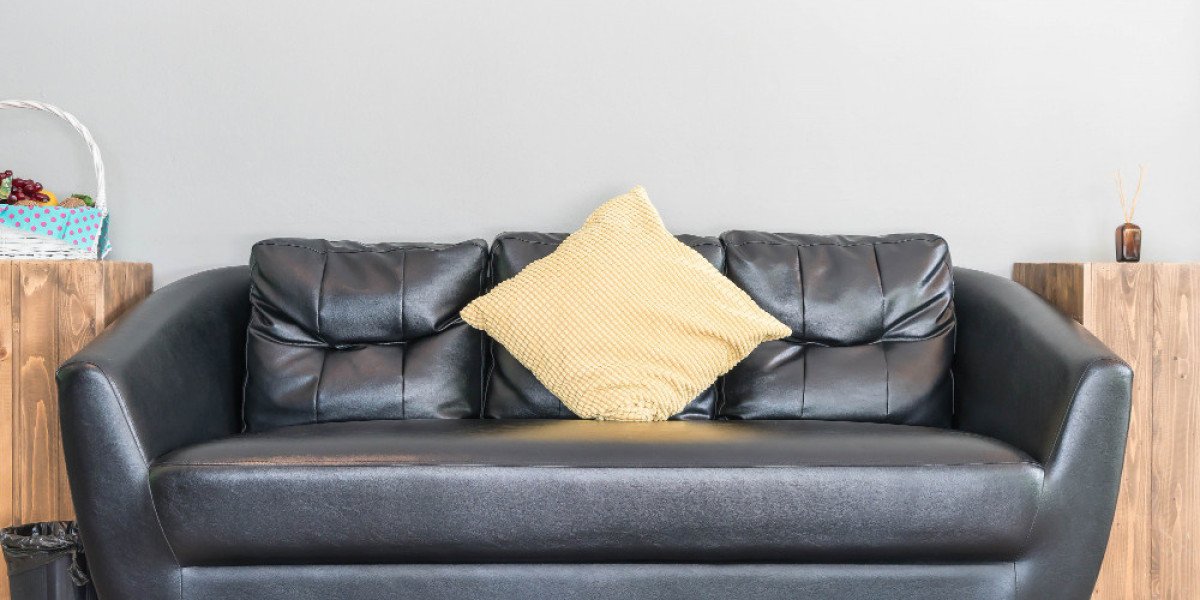Welcome to the ultimate guide on leather sofa upholstery! Whether you're considering purchasing a leather sofa or looking to refurbish your current one, this article will provide you with all the essential information you need to make informed decisions. From understanding different types of leather to maintenance tips and frequently asked questions, we've got you covered.
Exploring Leather Sofa Upholstery
In this section, we'll delve into the world of leather sofa upholstery, discussing its benefits, types, and considerations.
Benefits of Leather Sofa Upholstery
Leather sofa upholstery offers durability, elegance, and comfort. Its timeless appeal adds a touch of sophistication to any living space, making it a popular choice among homeowners.
Types of Leather
- Full Grain Leather: Known for its natural look and high quality, full-grain leather is the top layer of the hide, making it incredibly durable.
- Top Grain Leather: Slightly more affordable than full grain, top grain leather undergoes minimal processing while retaining its natural texture.
- Bonded Leather: Made from scraps of leather bonded together, bonded leather is a budget-friendly option but may lack durability.
- Split Grain Leather: Split from the lower layers of the hide, split grain leather is less durable and often used in areas with minimal wear.
Considerations When Choosing Leather Upholstery
Factors such as lifestyle, budget, and maintenance requirements should be considered when selecting leather upholstery for your sofa. Full-grain leather is ideal for high-traffic areas, while bonded leather may be suitable for occasional use.
Maintaining Leather Sofas
Proper maintenance is key to preserving the beauty and longevity of your leather sofa. Let's explore some essential tips for leather sofa care.
Cleaning and Conditioning
Regularly clean your leather sofa with a damp cloth to remove dust and debris. Additionally, apply a leather conditioner every six to twelve months to keep the leather supple and hydrated.
Avoiding Sun Damage
Direct sunlight can cause leather to fade and dry out. Position your sofa away from windows or use curtains or blinds to block out harmful UV rays.
Handling Spills Promptly
Accidents happen, but it's essential to address spills promptly to prevent stains. Blot spills with a clean cloth and avoid rubbing, which can spread the stain.
FAQs (Frequently Asked Questions)
1. How often should I condition my leather sofa? Condition your leather sofa every six to twelve months to maintain its suppleness and prevent drying.
2. Can I use household cleaners on leather upholstery? Avoid using harsh household cleaners, as they can damage the leather. Instead, opt for a mild soap solution or a cleaner specifically designed for leather.
3. What is the best type of leather for households with pets? Full-grain leather is the most durable option and can withstand the wear and tear associated with pets.
4. How do I repair scratches on my leather sofa? Minor scratches can be buffed out using a leather conditioner, while deeper scratches may require professional repair.
5. Is leather sofa upholstery suitable for humid climates? Leather can absorb moisture, so it may not be the best choice for humid climates. Consider opting for a fabric sofa instead.
6. Can I change the upholstery on my leather sofa? Yes, you can change the upholstery on your leather sofa. However, it's essential to consult with a professional upholsterer to ensure a proper fit and finish.
Conclusion
In conclusion, leather sofa upholstery offers timeless elegance and durability, making it a popular choice for homeowners worldwide. By following proper maintenance techniques and considering your lifestyle needs, you can enjoy your leather sofa for years to come.
 AdBlock Detectado
AdBlock Detectado








